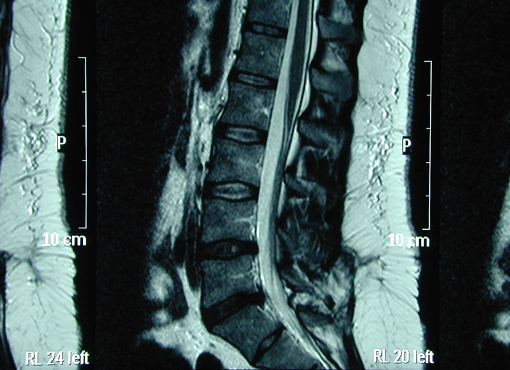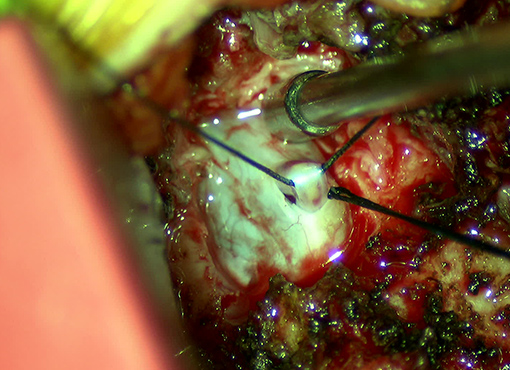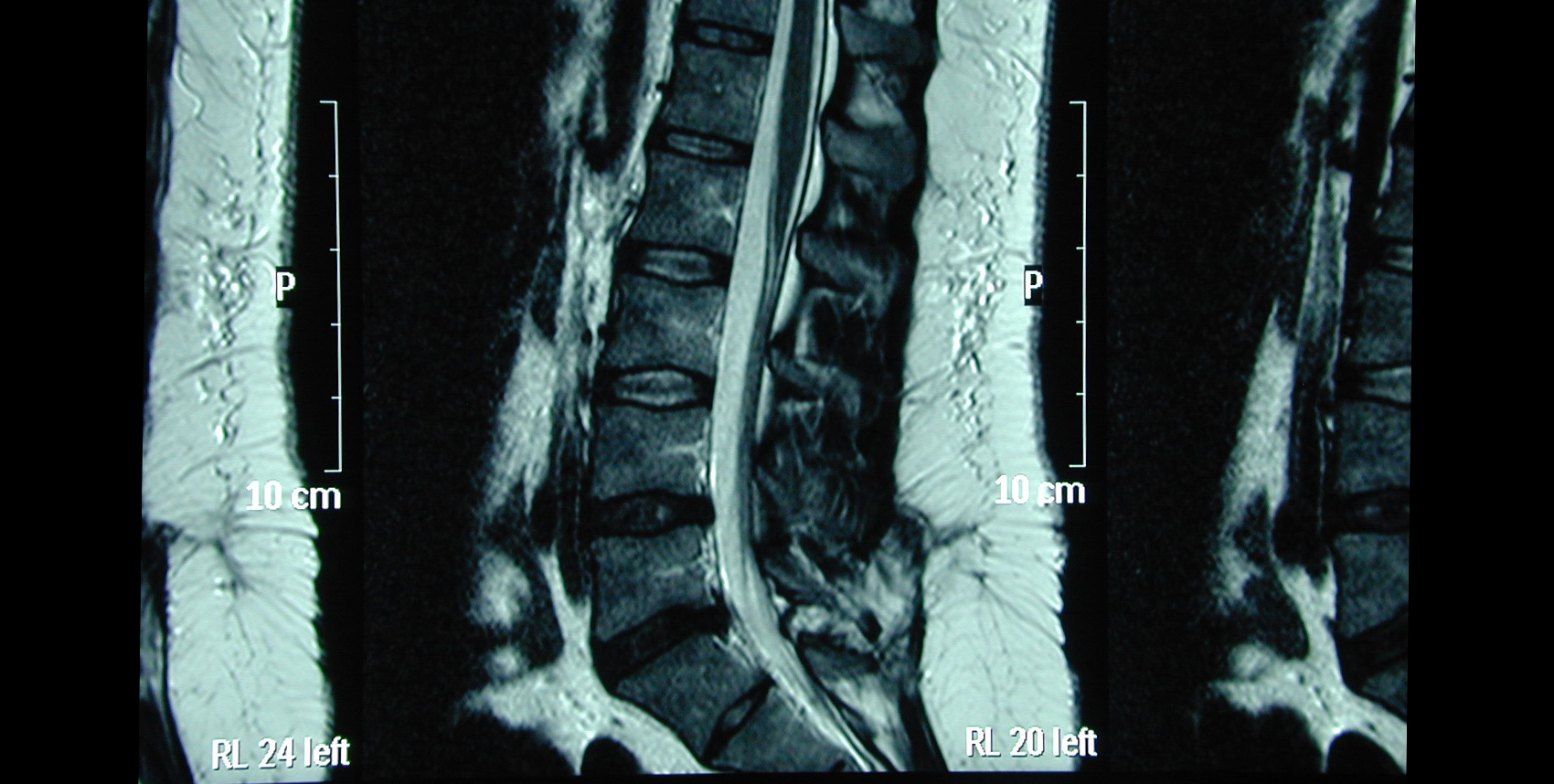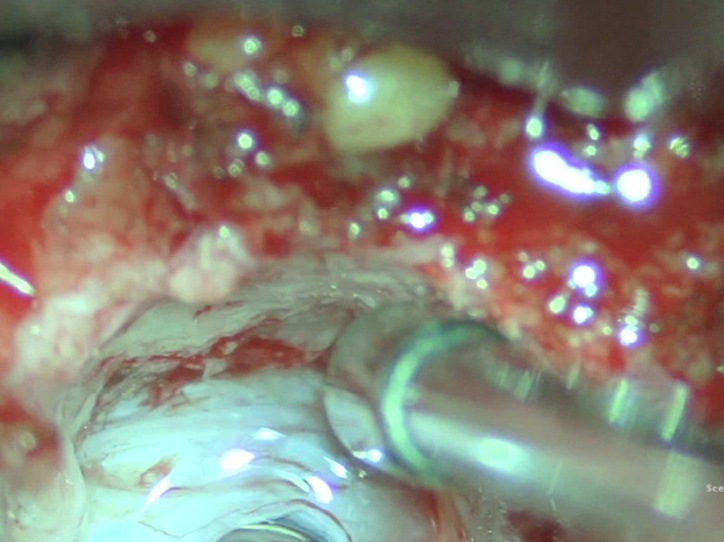
What is Tethered Cord Syndrome?
This disorder is caused when a thickened filum terminale limits the movement or “tethers” the spinal cord within the spinal column. The filum terminale or “terminal thread” is a normal structure that stabilizes the spinal cord within the spinal canal but has no neurological function. Over time, the tethered cord is repeatedly stretched whenever the patient bends at the waist or flexes at their neck.
Tethered spinal cord is frequently diagnosed in children usually in conjunction with a spina bifida. An adult tethered cord syndrome has also been described. This is not associated with spina bifida, but may occur in patients with Chiari malformation. We have found tethered cord to occur in up to 20% of patients with a Chiari malformation.

Signs & Symptoms
The repeated stretching of the spinal cord eventually causes symptoms such as bladder incontinence, leg pain, and numbness, balance disturbance, weakness in the legs and back pain. Tethering may affect the function of the entire spinal cord even though the structural problem lies at its lowest point. As a result, those affected with tethered cord syndrome may complain of headache, nausea, and even arm pain.
Testing & Diagnosis
MRI scan to visualize the spinal cord. Urodynamic testing to assess bladder function. EMG to exclude other causes of leg pain.
Treatment

Surgery is the only treatment for tethered cord. In the case of adult tethered cord not associated with spina bifida, the surgery simply involves removing a small amount of bone at the base of the spine – S1 laminectomy – and sectioning the filum terminale. The filum terminale is not a nerve and can be cut without causing any harm. Treatment of tethered cord in conjunction with spina bifida is much more complicated. The surgery actually varies with the type of spina bifida.
If you are a new patient, please contact us.

